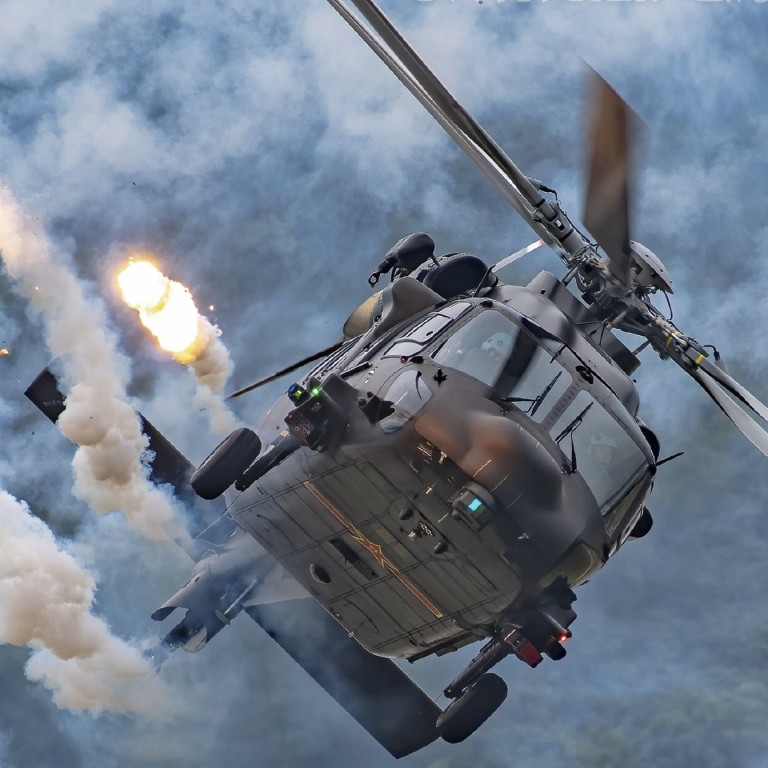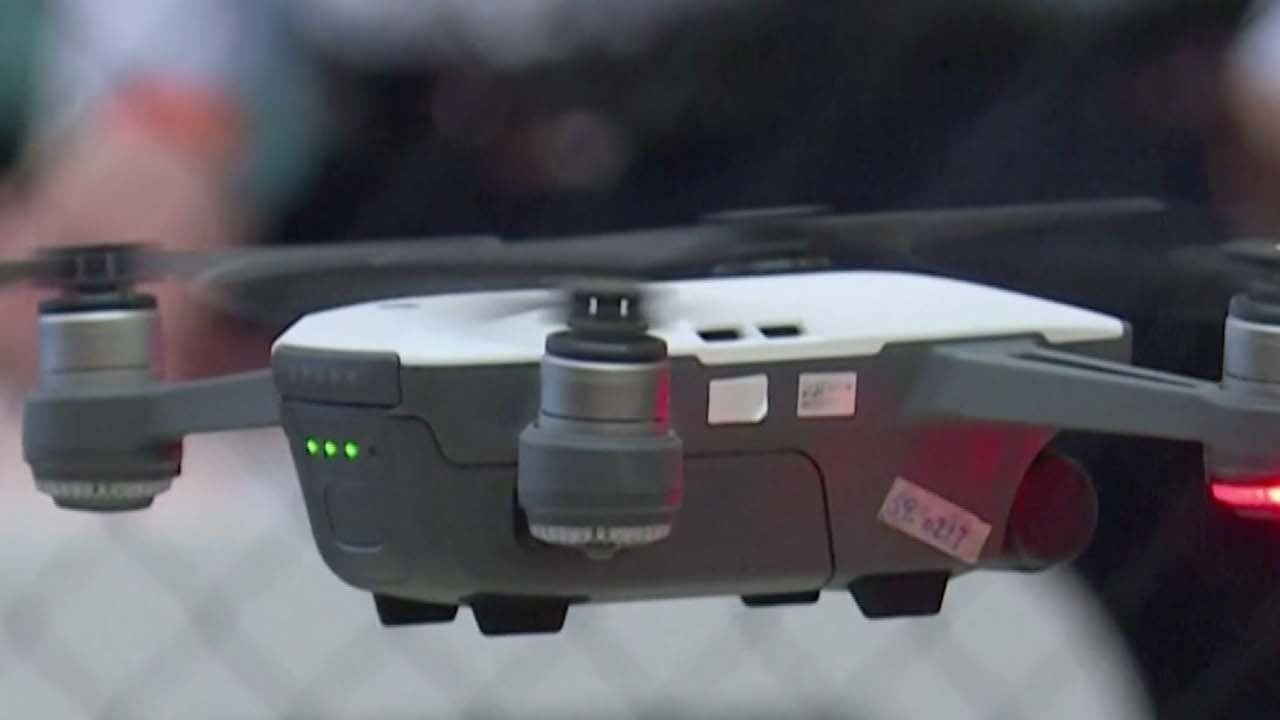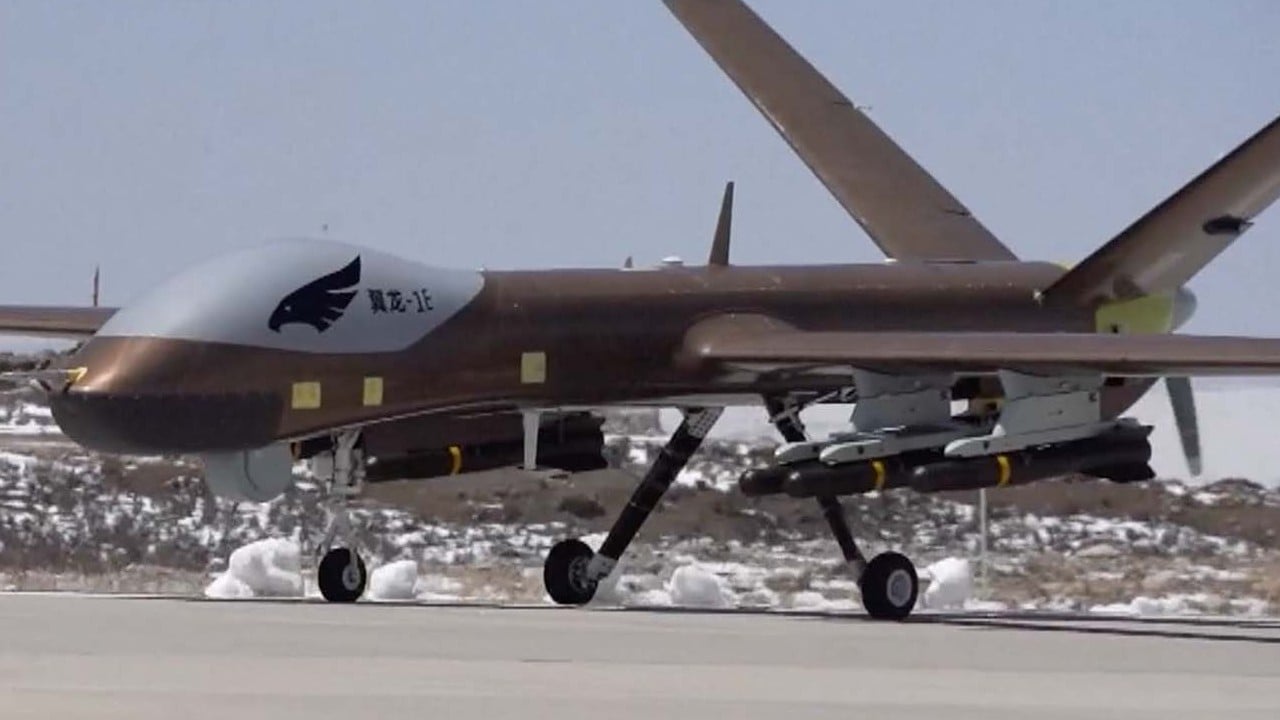
Strong sales growth for China’s top defence firms as demand rises at home
- 8 Chinese military companies make the world’s top 100 – and more data could reveal others, think tank says
- The PLA is on a push for weapons self-reliance, largely insulating it from supply-chain woes elsewhere
In a report published on Monday, the Stockholm International Peace Research Institute (SIPRI) said eight Chinese defence companies made the world’s top 100 by sales and together accounted for US$109 billion worth of arms last year, up 6.5 per cent from 2020.
Land systems specialist China North Industries Corporation, or Norinco, led the Chinese pack by selling US$21.6 billion worth of military goods and services, an 11 per cent year-on-year increase.
Together the eight firms represented 18 per cent of total arms sales by the top 100 in 2021. But the Chinese contingent was a distant second to the American firms, which had 51 per cent of the top 100’s arms sales.
Are China’s integrated arms systems a match for South Korean rivals?
For decades, the People’s Liberation Army (PLA) has been trying to wean itself from foreign-made arms and components, mostly from Russia, and develop advanced arms domestically, helped by a policy that encourages fusion of civilian and military technology.
Chinese companies also led strong arms sales growth in Asia as businesses pushed global weapons sales up for the seventh straight year, SIPRI said.
Nine state-owned firms form the backbone of the Chinese arms industry, with eight consistently among the world’s top 100 and growing steadily since 2019.
The eight firms sold 2.8 per cent more arms in 2019 than 2018, and 4.9 per cent more arms in 2020 than 2019, although their sales dropped in 2017 and 2018.
In 2016, sales grew by 16 per cent, but that was mainly because only seven Chinese companies made the list in 2015, when SIPRI first included Chinese firms in the rankings.
The authors said other Chinese companies might be among the top 100 largest arms producers and military service providers last year, but there was not enough data to determine a ranking.
“Chinese companies have been growing quite consistently throughout the last seven years, at least – consistent with its rising military expenditure and also the military modernisation plans of the PLA since the 90s,” said Xiao Liang, one of the authors and a researcher with SIPRI’s military expenditure and arms production programme.
The growth of Chinese arms sales, therefore, had little to do with economic or geopolitical changes outside China, he said.
The report said international supply chain disruptions from the Covid-19 pandemic continued into 2021, and Russia’s invasion of Ukraine had only worsened problems for military equipment makers in general.
For example, European Union sanctions in response to the invasion banned countries in the bloc from importing some steel products from Russia. Raw materials such as Russian aluminium and titanium are also at risk of being targeted.
But China was largely immune from those problems.
“Since the sales of Chinese companies are mostly to the PLA, it’s independent of global supply chain disruptions,” Liang said. “Most of its suppliers are also domestic.”
He said more than 90 per cent of the PLA’s arms were produced in China, with most of the remainder made in Russia. An accurate breakdown of the suppliers would not be available because of the lack of transparency in Chinese military data.



